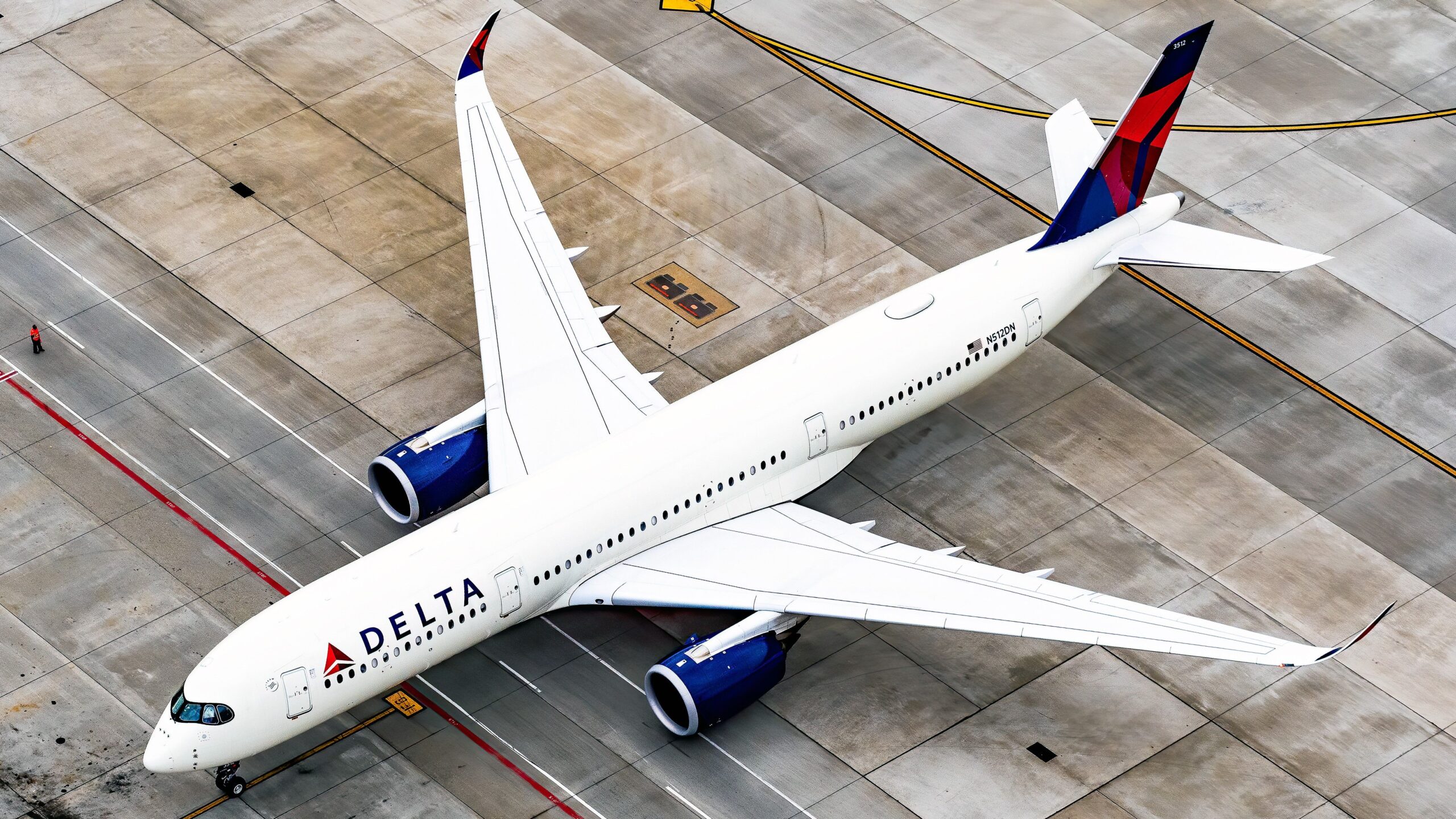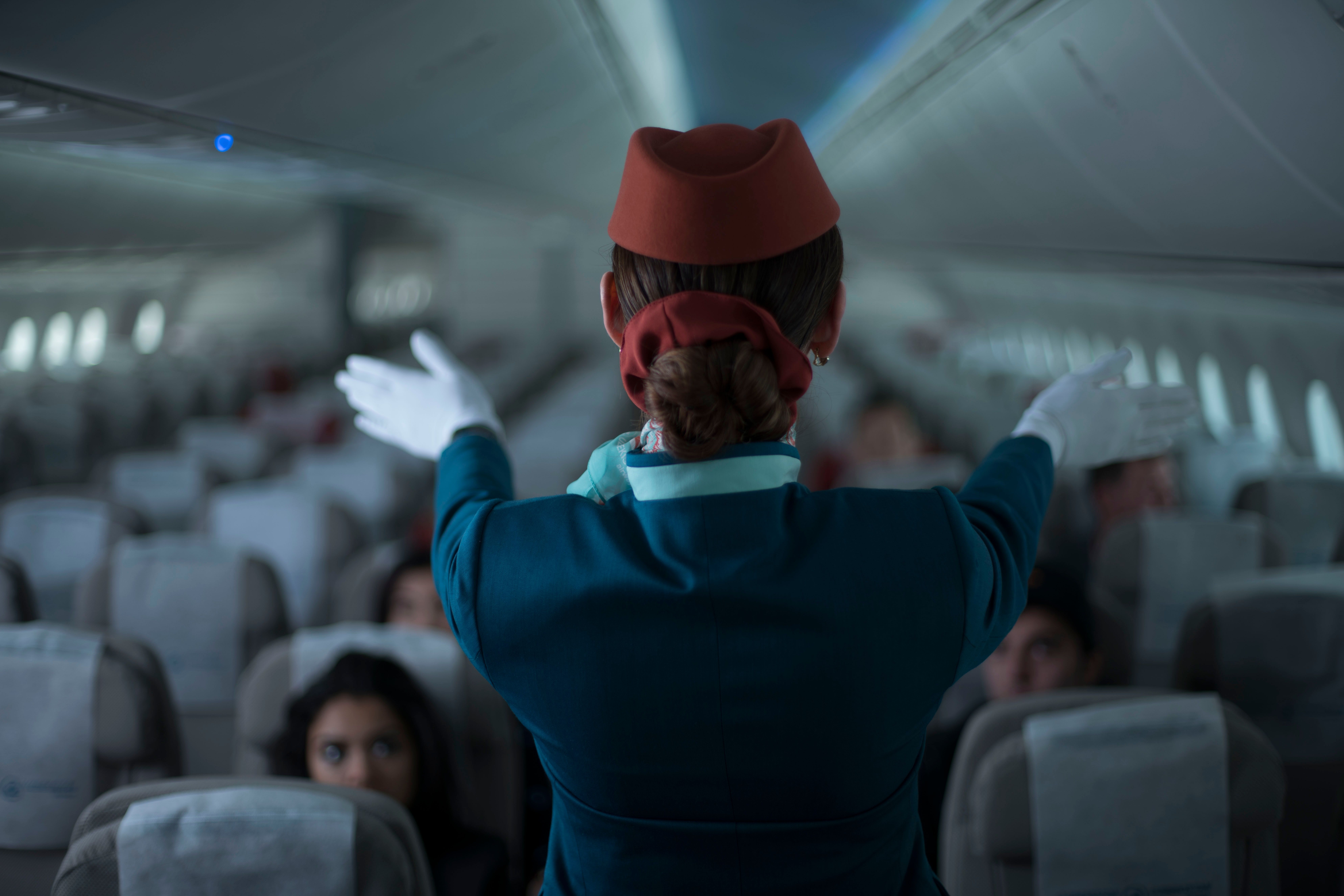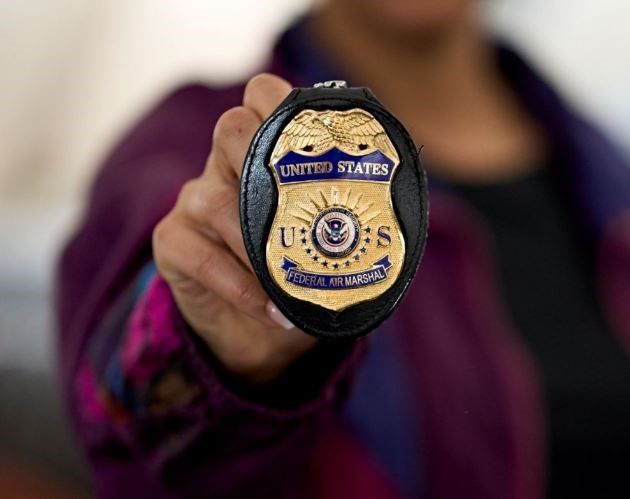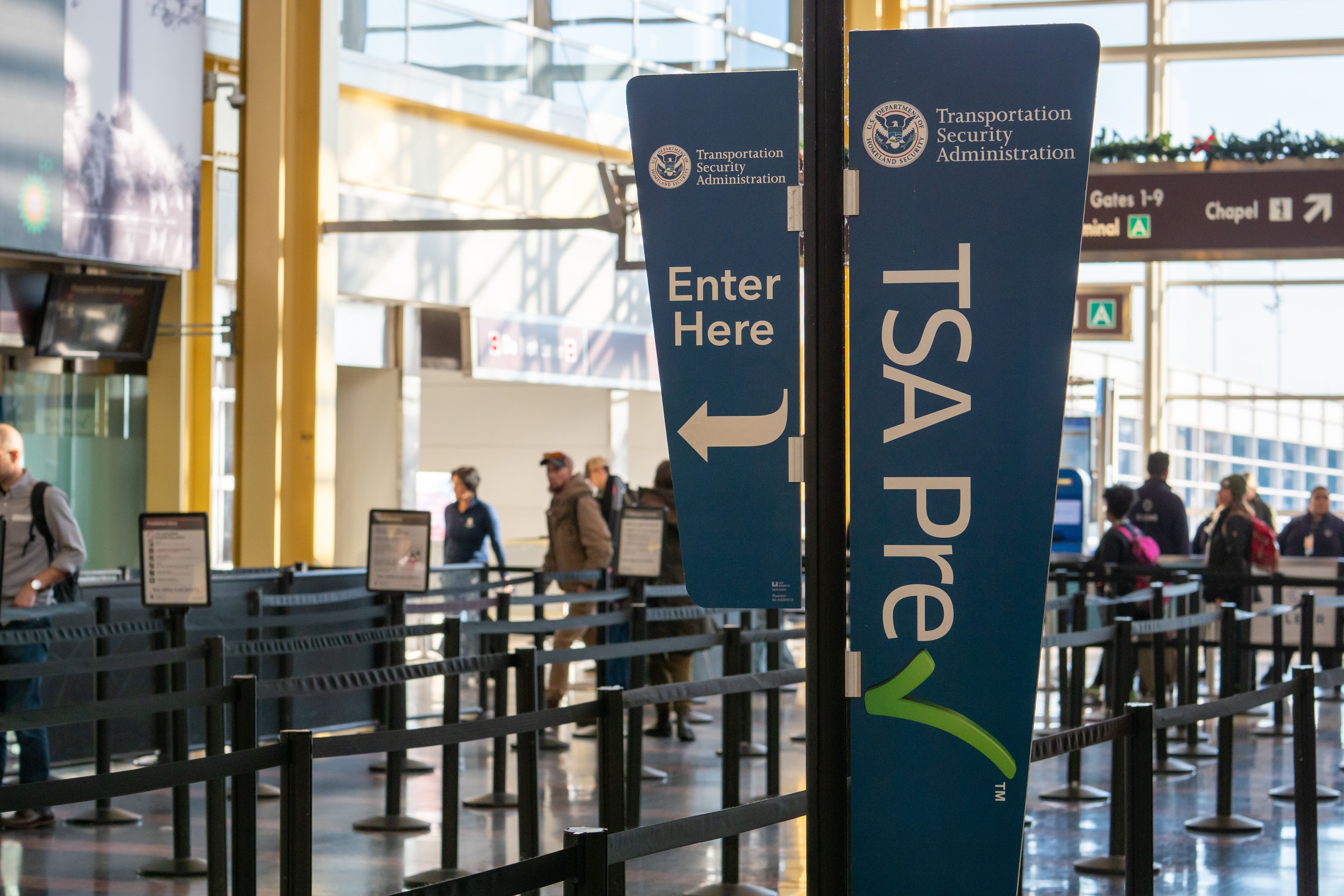Summary
- The Federal Air Marshal program does not cover all US domestic flights due to more flights than marshals.
- The TSA’s air marshals have grown in number since 9/11, with estimates suggesting around 3,000 now.
- Despite the increase in cyber threats, air marshals are primarily focused on US flights and have undergone recent changes in seating arrangements.
Federal Air Marshals keep US aircraft safe in the skies, but just how likely are they onboard any given flight? They are not particularly common, according to the US Government Accountability Office. As you would expect, there are more US domestic flights that occur each day than are able to be covered by the Federal Air Marshal Service (FAMS).
The FAMS program was formed in 1961, and these specialized recruits have had a change in their presence since 2001. Before 9/11, fewer than 33 air marshals patrolled the sky. However, in the space of just a couple of years post-9/11, this numbered into the thousands. Today, the TSA numbers of marshals are classified – however, estimates by The New York Times place the number near 3,000. The last hiring push in the program was in 2021 after it underwent a major overhaul a few years prior.
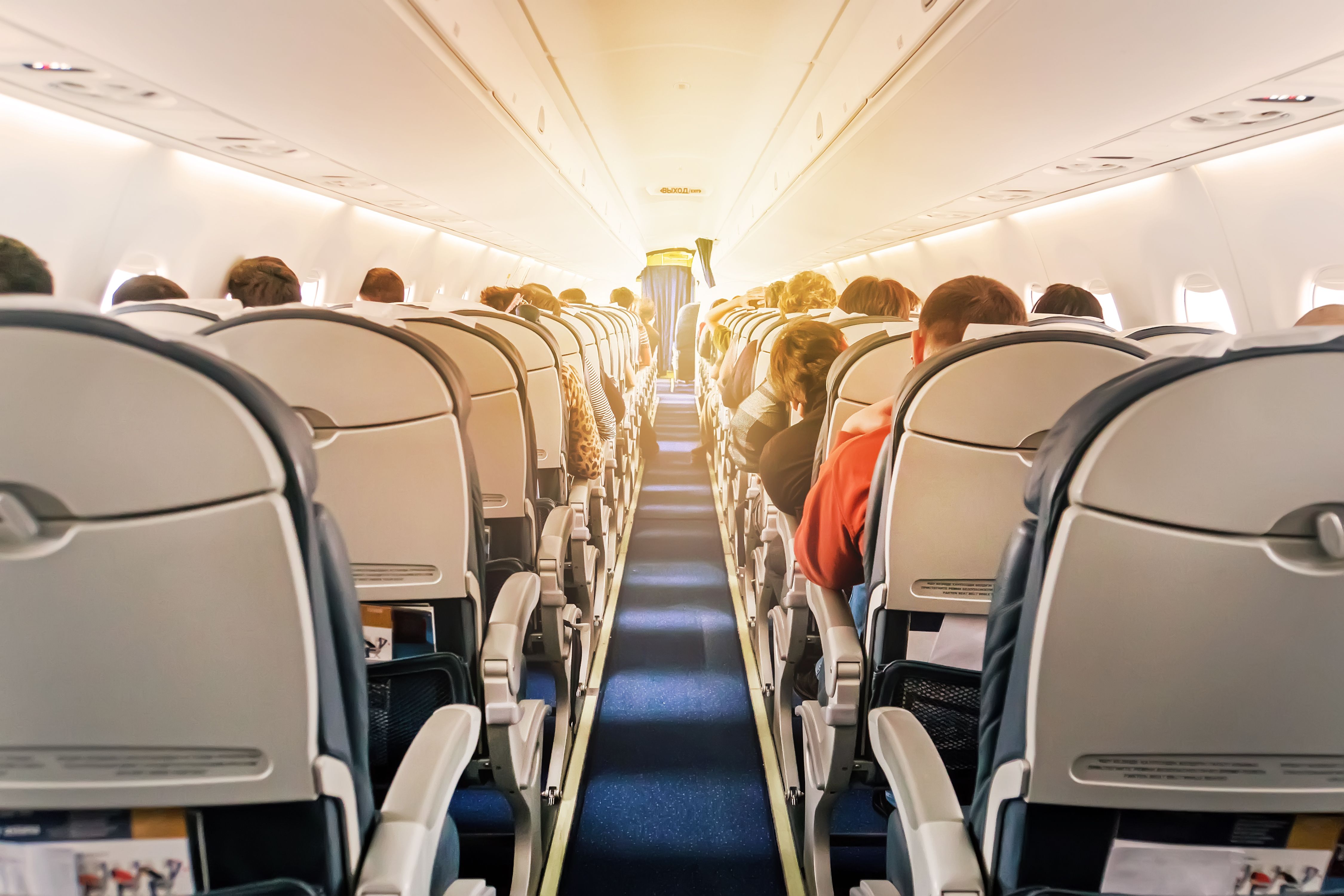
Related
What Are Federal Air Marshals & Which Flights Do They Travel On?
Federal Air Marshals protect the skies, both from onboard an aircraft and on the ground.
For perspective, in 2022, the FAA indicated its air traffic controllers handled nearly 45,000 daily flights. If The New York Times’ estimate was correct, there is about a 6% chance a domestic flight in the United States has a marshal onboard. Of course, marshals will be much more likely on flights considered high-risk, such as international flights to and from countries of risk.
How to become an air marshal
This secretive airborne police force is made up of US citizens who are 21 to 36 years old, individuals who have passed a panel interview, background check, medical exam, and specialized training course for their new responsibility.
Photo: Feruzbek | Shutterstock
Marshals have the authority to arrest in federal jurisdiction, which allows them to arrest just about anywhere. They go through a rigorous training program and are considered law enforcement officers. Previous TSA hiring events have indicated that applicants will undergo a polygraph test and other evaluations.
Air marshals are only allowed to patrol the skies of US-operated flights. Hence, the increase in negligence and bad behavior on US airlines since COVID isn’t a result of a lack of marshal participation. Various airlines outside the United States also employ their own security measures – so the restriction on US flights. El Al, which faces a unique level of threats from the carriers’ association with Israel, often has plainclothes guards acting as security.
New threat
Thanks to the realities of modern life, an increased amount of risk includes cyberattacks. Some hackers have resorted to hacking major US airports in an attempt to disrupt flights and have also turned to hacking various airlines and freight forwarders. Recently, an El AL flight was targeted in a cyberattack when individuals in Somalia attempted to change the aircraft’s routing. The flight was able to land safely at its destination without further incident.
Photo: TSA
For such instances, the TSA has issued new cybersecurity requirements for airports and aircraft operators. These were announced in 2023 and built upon previously announced measures, according to TSA’s website.
Despite the recent push for increased cybersecurity measures, the airline system in the United States is known for the age of its infrastructure. Recent outages of notice to air missions’ system, propelled by old technology, caused a ground stop of all aircraft in the United States—commercial operations in labor unions, manufacturers, and airlines have all become victims of cybercrime.
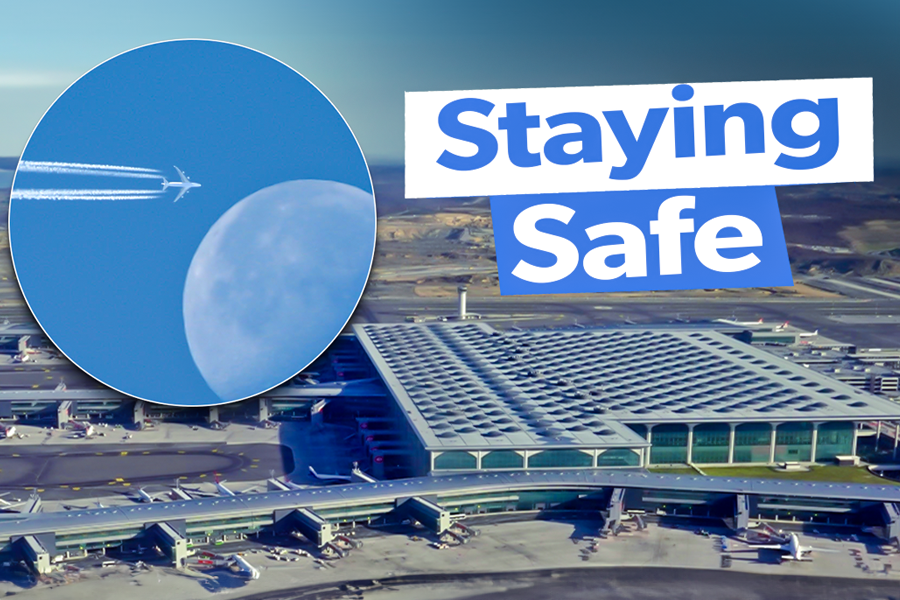
Related
Do Countries Outside The US Have Air Marshals On Flights?
Following the September 11th, 2001 terrorist attacks, several countries began putting sky marshals on flights.
Last year at TSA
For its part, the TSA also assists airport security with checkpoints, luggage screenings, and additional inspections. Last year, some TSA checkpoints even broke records. At airline hubs, brand-new checkpoints with new technology have also been established to ensure a more efficient security experience for both authorities and passengers.
Photo: David Tran | Shutterstock
In 2010, an employee of the US Embassy of Qatar was arrested for smoking in the lavatory. During that incident, two federal marshals were involved on the United Airlines flight. The Air Marshal program, however, was recently changed. Marshals were previously seated near the front of an aircraft, with marshals now seated towards the rear of the aircraft. The move was apparently to allow marshals to see the entirety of what was happening inside the aircraft cabin.
Federal Flight Deck Officer (FFDO)
In order to enhance coverage of onboard security, the US also has its Federal Flight Deck Officer (FFDO) program, which allows pilots to carry a handgun onboard the aircraft. This program was set up in the wake of 9/11 and adds another layer of protection to flights.
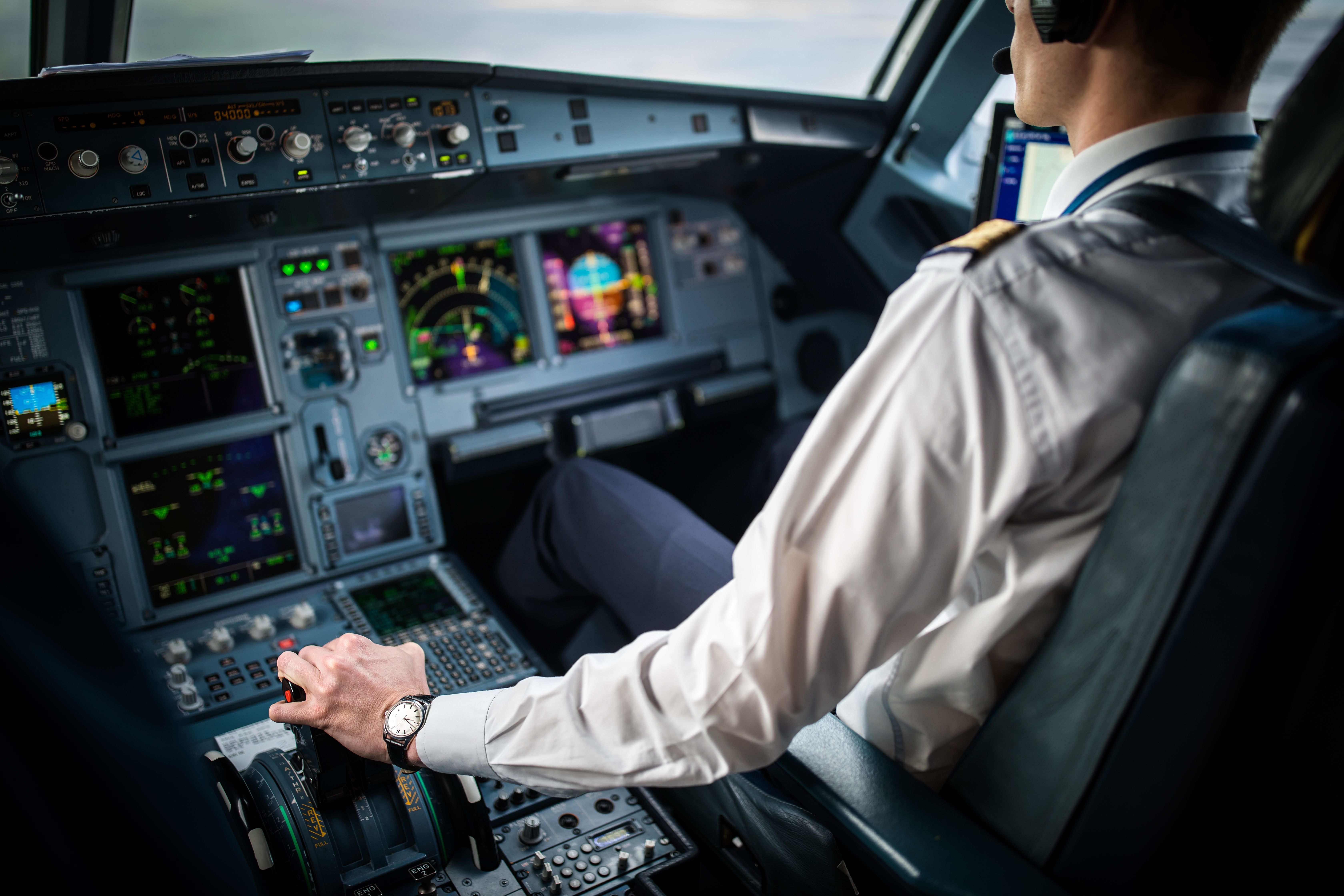
Related
What Is The Federal Flight Deck Officer Program?
An FFDO is authorized to carry a firearm onboard a commercial flight.
Each year, hundreds of pilots qualify for the program. Since its inception, there hasn’t been a single instance of an FFDO being required to shoot their firearm at anyone onboard. However, there was an accidental discharge of a firearm back in 2008 which put a hole in the aircraft’s fuselage, but the flight fortunately landed safely.
Have you ever seen a federal air marshal onboard a flight? Let us know your stories in the comment section.
